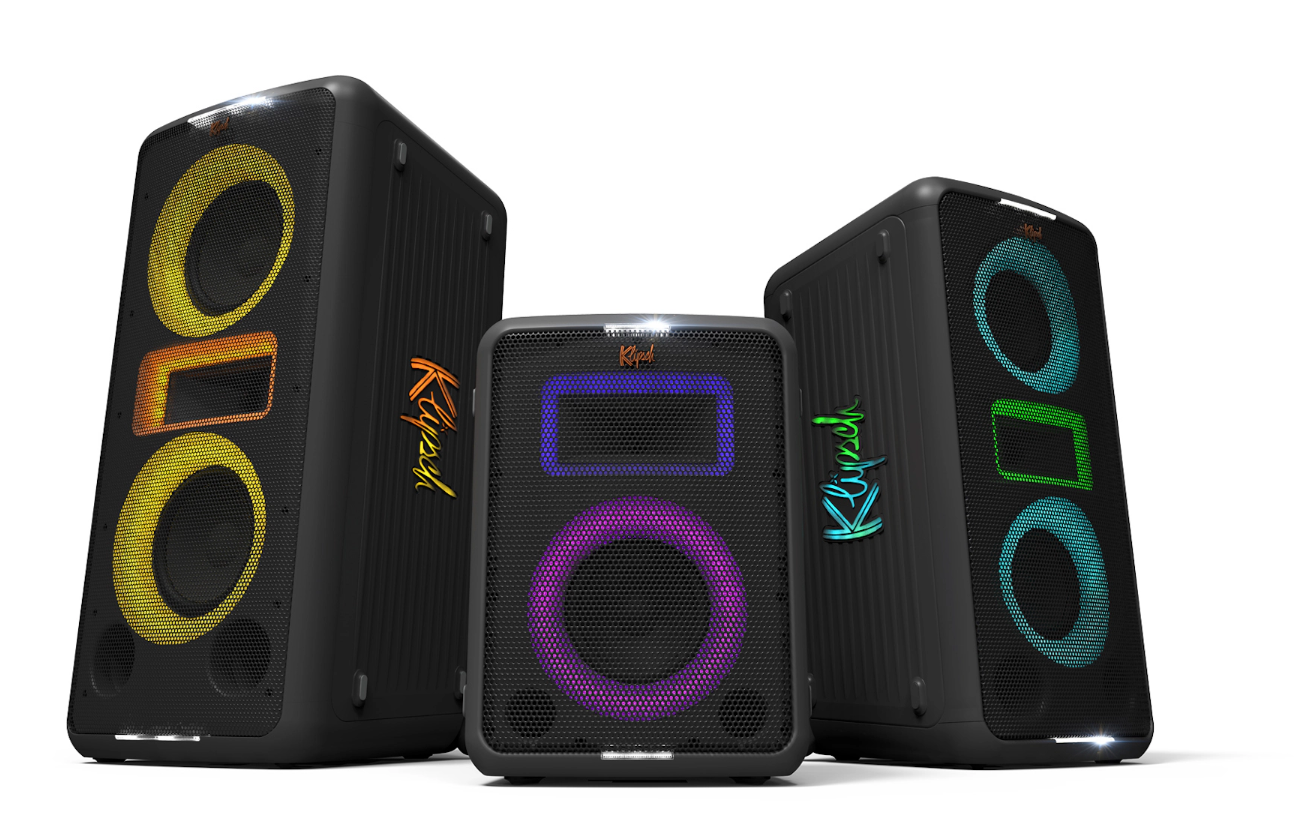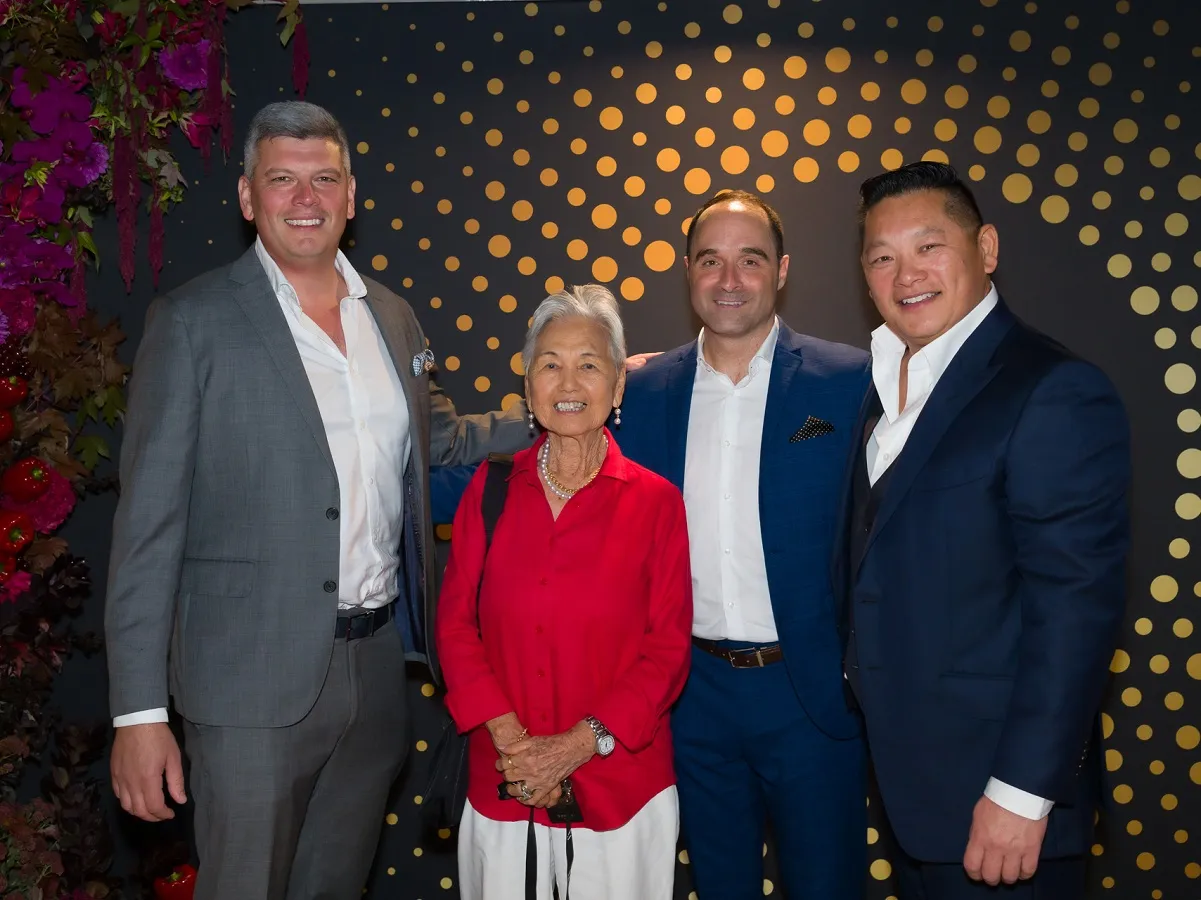- Select a language for the TTS:
- UK English Female
- UK English Male
- US English Female
- US English Male
- Australian Female
- Australian Male
- Language selected: (auto detect) - EN
Play all audios:
ANYONE who enjoys a good bottle of wine, but would like to understand more of the drink’s subleties, quickly and painlessly, could benefit from one of the English-language tasting sessions
organised in Paris by Ô Chateau. This firm, run by sommelier Olivier Magny, specialises in fun English-language crash courses in wine, in former royal cellars near the Louvre. Laid-back
Olivier, who likes to see himself as the Jamie Oliver of wine, was picked by comedian Paul Merton recently as his guide to Paris for British TV. When I visited for a one-hour course,
however, the host was Lionel Médoc, an appropriately named young sommelier. He gave us tips on tasting and on understanding the wine regions, put into practice by sampling several good
wines. Tasting a wine comes down to: looking at its appearance (_la robe_), smelling it (_le bouquet_) and actually tasting it (_la bouche_). He demonstrated first with a white Sancerre,
showing how you should take the glass by the stem and hold it to the light. Wine, especially whites, should always look clear, he said. A bright, pale, reflective appearance suggests acidity
and less sugar, so a dry wine, whereas if a white wine is golden and matte, it will be sweet. French wine bottles are colour-coded: dry white is always in a green bottle, sweet wines in
clear glass. Tip the glass slightly and look at the edge of the surface, where it meets the rest of the wine below, a strip called the meniscus. In white wines, if it is darker than the wine
below, this shows a young wine. In an old wine, there is little difference between the surface and the wine underneath. This is reversed with a red wine: a pale surface in a red wine,
giving a strong contrast, indicates youth. Swirl the wine and look at the “legs” of liquid on the glass,- the trails left behind, which show the concentration of sugar or alcohol. The
thicker and denser they are, the more sugar in the wine (called a wine with high viscosity); if they are lighter and drip down quickly, there is comparatively more alcohol. Smelling the wine
is a two-step process, Lionel said, the “first nose” and “second nose”. Put your nose directly in the glass. What are your first impressions: spicy, fruity? Is it pleasant? Is there
anything wrong with it? For the second impressions, you should swirl the wine before looking for the specific aromas. “Some sommeliers talk a lot of nonsense and claim they smell Indian
pepper and Rhône valley strawberries… wine for me should be simple; just express yourself with your own words and frames of reference and say if you like it or not and why,” Lionel said.
Sommeliers usually refer to five main categories of smells or flavours: fruity, spicy (especially for red grapes such as chiraz and cabernet sauvignon), flowers, woody or oaky (wines may be
aged in wood, which can give its own flavours to it: other flavours such as vanilla, chocolate and tobacco may be related to the oak, not the grapes) and animal flavours. The last are not a
good sign and are related to oxidation, usually when the seal has been imperfect with a natural cork and the wine has turned vinegary. “Then you get flavours like cat wee or wet dog, which
mean the wine is bad. You could use it for cooking if you don’t want to waste it.” In our sauvignon blanc Lionel identified citrus fruit. “Plenty of grapefruit, some notes of lemon and
exotic fruits like pineapple and I smell notes of green apple. That’s because it’s quite an acidic wine.” Finally, he said, you should taste it and consider your first impressions: sweetness
or dryness, lightness or heaviness, fruitiness… Then take a second sip and breath a little air through it to bring out the full flavours. “You also get drunk faster like this,” Lionel
claimed. He said our sancerre was a light wine that could do as an apéritif, but it could also be teamed well with seafood: oysters, lobsters, or fresh salmon with lemon juice. Though white
is not as often teamed with cheeses as red, a sauvignon blanc goes very well with goat’s cheese, such as Crottin de Chavignol. Lionel said sauvignon blanc was mostly found in the Loire
Valley, and Sancerre was the best, costing around €15-20. When it comes to reds, the darkness and intensity of the colour often tells you where in France it comes from, he said. Those from
the south usually have more colour, because of the warmer climate. The darker the colour, the more tannins in the wine: these are the astringent, “mouth-drying” textures in reds that comes
from the skin, seed and stem. A dark wine with a lot of tannins will age for longer than a lighter one. They increase the sharpness of the wine; sometimes it is excessive in a young red and
will mellow with age. Alternatively you can oxidise the wine by opening it several hours before drinking, or decant it, to take the edge off the sharpness. A fine wine is usually a “complex”
mixture of flavours, so this is an ideal bluffer’s word. “If you can’t think of anything else to say, just say it is complex,” Lionel said. He said a Fronton, from the south-west, was
“complex” owing to its mixture of different grape types, he said: négrette, cabernet sauvignon and shiraz. He described it as tasting of berries, spices like black pepper (from the cabernet
sauvignon); oaky, from the ageing process; and caramel and liquorice, which come from the négrette. He said it had a long aftertaste, staying on the tongue some 10-20 seconds, so it is best
to eat something richly tasty, such as a steak with a pepper sauce. The tannins in the red wine would also counteract the fattiness of a dish such as cassoulette. French wines (Like Italian
or Spanish ones, but unlike New World ones) do not traditionally have the name of the grapes on them if they are the best quality appellation contrôlée (AOC), as opposed to a _vin de table_
(while it was previously banned, it is now allowed, but is still not usual). Ask the sommelier to recommend appellations you might enjoy. To find out about a wine, you can also visit
WWW.INAO.GOUV.FR (in French): click _produits_ and then _liste des produits_. Put in an AOC name and click _fiche_ for an information document. AOCs must use traditional varieties and
methods and come from a clearly defined local area, sometimes a single commune. There are more than 450 just in red wine varieties. Other wines are usually either basic _vins de table_
(table wines), which need carry no more information than that they are from France, or _vin de pays_, a superior table wine from a certain area of France (larger than for AOCs). The latter
are being vetted in order to be awarded a European quality label, the IGP. There is also a rare category, between AOC and _vin de pays_, called _vin délimité de qualité supérieure_ (VDQS).
Wine labels may specify the name of the vineyard. A phrase such as _mis au bouteille à la propriété_, bottled at the vineyard, is a good sign. Ones called chateau imply a large vineyard of
about 40-50 hectares; small ones of not more than about 10 hectares are called _domaine_. Lionel said: “If you go expecting a beautiful castle, you will usually be disappointed: two thirds
of the Bordeaux chateaux are just ordinary farms. If you go to the _domaines_, you often get fantastic wines at a very low price.” The vintage year is also important as French vintages are
very variable in quality, depending on the weather. Good ones include 2003 or 2005, while 1997 was very poor. TAKE PART IN THE VENDANGE GRAPE picking is under way now in the wine-growing
regions, and continues next month. If you want to take part, you need to make enquiries. Grape picking is seasonal work, for a stint of about one to two weeks. A convenient way to find posts
is the French job centre site at www.anpe.fr Click the box at the top for a map of regions, then choose the region that interests you and put in vendange. Picking often suits students but
can also appeal to employees on holiday, with agreement from their employers. You need to be fit, because it is hard work: either picking bunches with a secateur and putting them into
baskets or carrying the baskets. You are likely to earn about €8/hour. Though the work is strenuous, it is a good chance to meet people from around the world. Some family-run vineyards still
provide food and accommodation, but many do not, so you may need your own transport to get to and from the vineyard each day. Usually you sign a formal vendanges contract, for not more than
a month. Some small vineyards operate on an informal basis, for example paying volunteer pickers in wine. SEE THE CAPITAL’S LAST VINEYARD, CLOS MONTMARTRE AN ENJOYABLE way to mark the
vendanges is at a wine harvest festival and one of the most popular takes place in Montmartre, Paris. It attracts more than 35,000, outweighing the importance of the vineyard concerned, and
is on October 6-10. The Clos Montmartre, north-west of Sacré Coeur, belongs to Paris’s mairie. It produces only about 2,000 bottles. Historically the area had plenty of vines, but in the
19th century, as it was absorbed into Paris, there were fewer and fewer. The remaining one was founded in 1929 by artist Francisque Poulbot. The fête des vendanges takes over the streets
around Sacré Coeur, with a “taste village” of wine and food producers’ stands, children’s activities including an under-12s Poulbots Ball, exhibitions of works by Poulbot, comedy and
concerts including singer Anaïs performing French chansons, a musical fireworks display outside Sacré Coeur and a quirky ceremony with the mayor where couples ask each other not to marry
them. On the Saturday, there is a parade, with regional wine fraternities and folk music and dance groups. A spokeswoman said: “There is lots of colour and festivity and this year the theme
is humour, so there will be big carnival heads.” The Ban des Vendanges (pictured, right) is on the Saturday in the vineyard itself, a party among the wines. See
www.fetedesvendangesdemontmartre.com WHERE IS FRENCH WINE GROWN? North-west The Val de Loire produces light wines such as Sancerre, Chinon and Vouvray. North-east Champagne is centred around
Epernay, about 90km north-east of Paris. You can buy it at about e11 a bottle from small producers. Champagnes use white chardonnay grapes, and two red ones, pinot noir and pinot meunier.
Alsace is 90% white and use grapes such as gewurztraminer, riesling and pinot gris. It is best-known for sweet wines. Burgundy doesn’t produce much , but it is of high quality: it makes only
3% of French wine, but has 25% of the AOCs. It uses chardonnay (eg. in Chablis) and pinot noir (eg. Chambertin). Beaujolais makes light reds with the gamay grape. South-west AOCs such as
Cahors (using malbec) and Bergerac (including cabernet sauvignon and cabernet franc) make sharp, strong reds. Bordeaux is known for fine reds (using merlot and cabernet sauvignon), but can
be expensive. South-east The Rhône Valley makes 90% red wines. They are powerful and spicy, using shiraz and grenache. Provence is best-known for its high-quality rosés such as Bandol and
Cassis, or for fruity whites. The Languedoc makes robust reds that can be good value because of high levels of production. Tip from Ô Chateau: You can find good-value whites in Alsace, the
Loire and Provence, reds in Languedoc, the south-west and the Rhône, and rosés in the Loire and the Languedoc.







